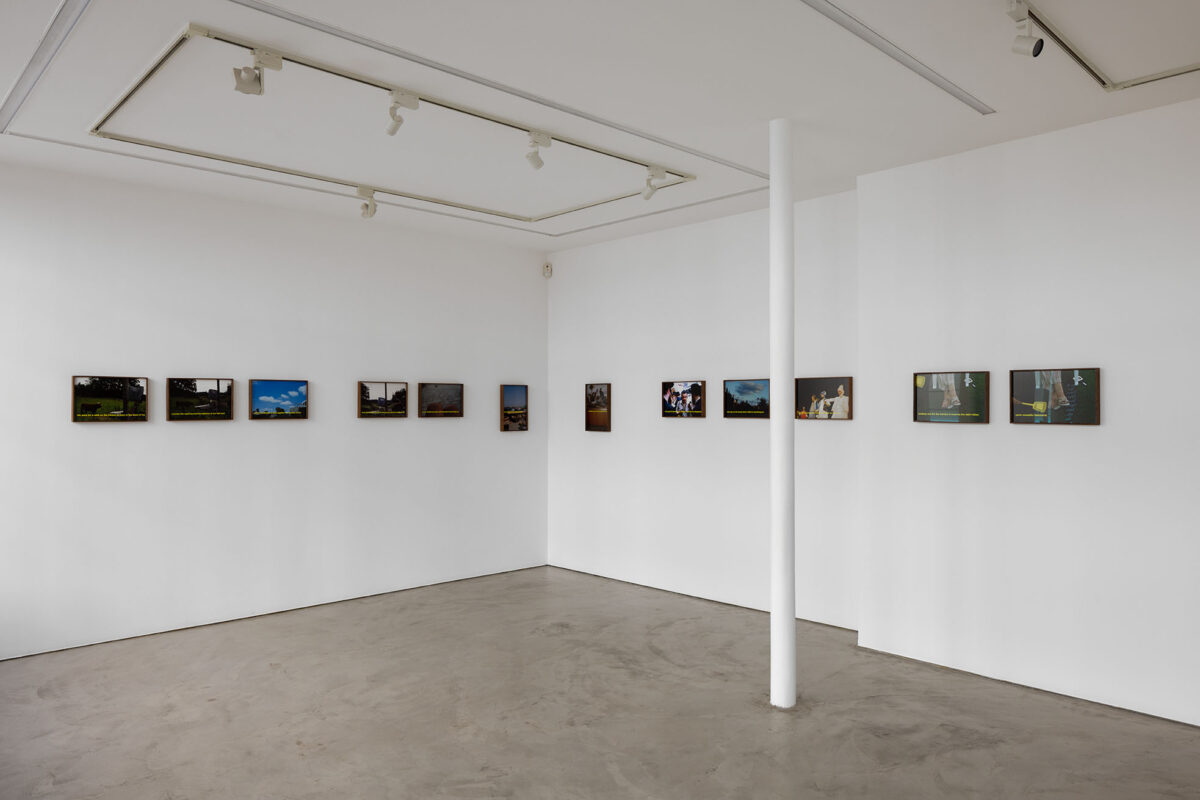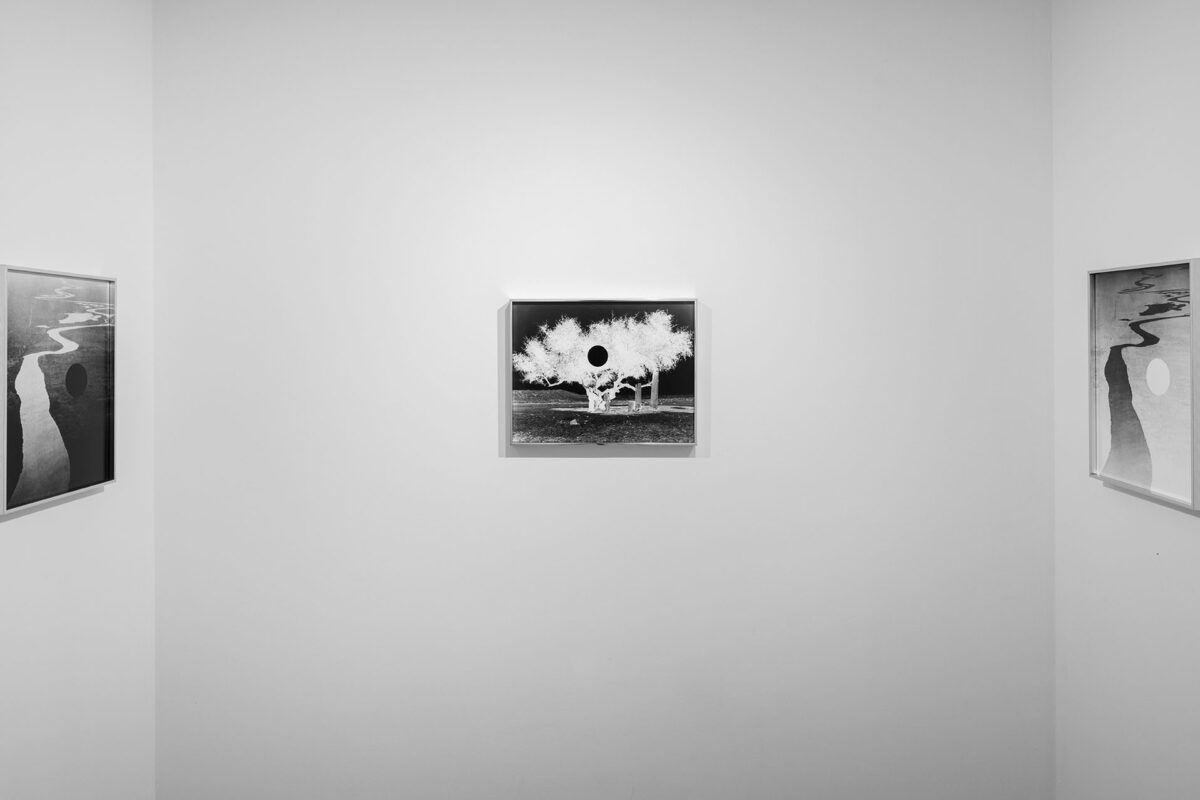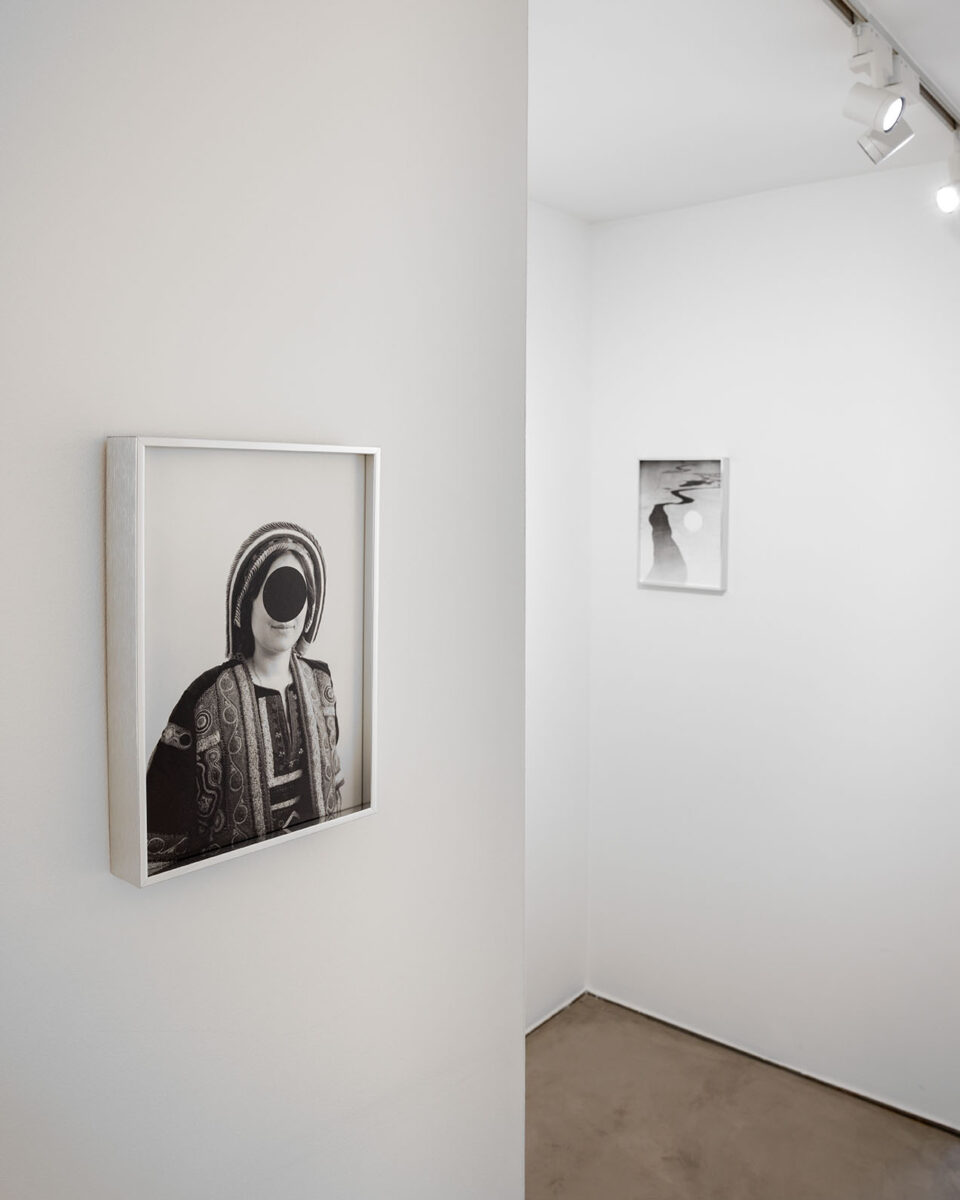On the occasion of the opening, a conversation will take place on May 24 at 5pm with Basma al-Sharif, Eyal Weizman (founder of Forensic Architecture), and author Karim Kattan.





Semi-Nomadic Dept-Ridden Bedouins, 2006
[+]
Semi-Nomadic Dept-Ridden Bedouins, 2006
[-]
After Image, 2025
[+]
After Image, 2025
[-]
After Image, 2025
[+]
After Image, 2025
[-]
The Library of Congress (Boundary Line at Rafah), 2019
[+]
The Library of Congress (Boundary Line at Rafah), 2019
[-]
The Library of Congress (Widad Ramallah Costume), 2019
[+]
The Library of Congress (Widad Ramallah Costume), 2019
[-]

Semi-Nomadic Dept-Ridden Bedouins, 2006

After Image, 2025

After Image, 2025

The Library of Congress (Boundary Line at Rafah), 2019

The Library of Congress (Widad Ramallah Costume), 2019
I came across the phrase “Semi-Nomadic Debt-Ridden Bedouins” in Zionist propaganda, as a description of Palestinians that was meant to legitimize colonizing our land and ethnically cleansing us. {…} I used those same five words: “Semi-Nomadic Debt-Ridden Bedouins” at the end of a long sentence, superimposed over a series of images, as part of a work I produced while I was a student in Chicago in 2006. Back then, I was obsessed with the idea that the way a story is told is the story itself. This led me to think that I could change the way the story of my people was being told. {…}
Basma al-Sharif, Semi-Nomadic Debt-Ridden Bedouins, Lenz Press, 2025
Spread across 12 images, Semi-Nomadic Debt-Ridden Bedouin (2006) abstractly recounts the massacre of a young girl’s entire family on a beach in Gaza in 2006. Throughout the series, the artist invited viewers to make sense of a story without a clear beginning or end. Over the following two decades, Basma al-Sharif has continued to develop her artistic practice between the United States, Europe, and the Arabic-speaking world — always in orbit around Palestine. She approaches her country of origin from elsewhere, through other narratives, other voices, and at times from within, shifting the struggle beyond its immediate urgency and inscribing it into a broader memory, woven with echoes and resistance. Rather than fixing violence in images, she conveys its breath — a subterranean, intimate violence, marked by loss, silence, and a refusal to yield.
On the occasion of the publication of her first monograph, Basma al-Sharif revisits this initial series and introduces a new collection of images. Titled After Image (2025), it brings together smaller, domestic, and transportable photographs that serve as a starting point for reflecting on the future. Composed from her personal archives and expanded with new photographs, this narrative suite — akin to a travel album — documents the architectures, seas, scents, tastes, and cities that have shaped the artist’s life, and reinterprets the myth of the semi-nomadic, debt-ridden Bedouin in the present day.
Exhibition journal